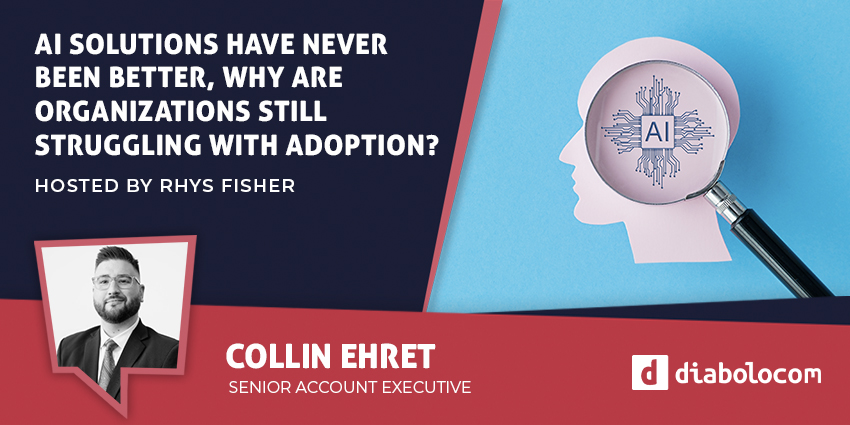Historically, the focus of the customer service function has been on providing efficient, low-effort resolution for customer issues. Most customer service and support organisations have been built around the assisted service function.
These functions have typically grown at a pace similar to that of the customer base. With a growing customer base comes an added contact volume that typically outpaces the growth in staffing. The result is a vicious cycle where the function must resolve a growing number of customer issues while often being the first source of cost-cutting. The cycle must be broken.
Advancements in self-service capabilities have provided service leaders with an opportunity to shift the service paradigm from one of a focus on assisted service to one focused on scale enabled by self-service. That shift previously required changing customer behavior, but many of today’s customers actually want to self-serve in digital channels.
The availability of new, rich data sources also creates opportunities to enhance customer value. From these changes in technology and data, service leaders are at a critical point where they can achieve more influence within the enterprise.
As we look ahead to 2024, several major trends are impacting service and support organisations. Each of these trends brings its own opportunities and challenges.
1. Service experiences are becoming indistinguishable from product experiences
Companies are increasingly building products that incorporate customer service in product design and life cycle. Software companies have embraced the SaaS model to the point where today it is almost ubiquitous, and other industries are transforming the way in which they design their product as a digital offering.
Customer service has become embedded in products at each stage of the customer journey, enabling them to proactively monitor customer activities and deliver value by addressing customer needs before they become problems.
2. Shifts in customer behaviours are raising expectations for self-service
Customers exhibit a growing preference for self-service, and many prefer a rep-free experience entirely. While many organisations assume customers would like to progress to assisted support when an issue isn’t resolved in self-service, often this isn’t the case, particularly for younger customers.
Almost 40% of Gen Z customers will abandon a service issue if they can’t resolve it on their own.
Gartner research shows almost 40% of Gen Z customers will abandon a service issue if they can’t resolve it on their own. This has serious implications – 63% of customers who abandon a service experience say they’ll do less business with that company in the future. As GenAI and use of third-party resources become more prevalent, this trend is likely to continue to gain pace.
3. AI and automation are accelerating the ability to self-serve on more complex contacts
In 2023, it became clear that the AI arms race has major implications for enterprise and customer service strategy. This trend continues into 2024, where customer service and support leaders can begin to reap the benefits of AI when it comes to improving self-service.
Maturation in AI and automation, such as chatbots, make it possible to solve increasingly complex issues in digital channels. AI also helps organisations predict contact reasons, personalise conversations and confirm customer issues.
Access to large customer data assets enable organisations to identify the best actions to resolve the situation and recommend additional uses of the customer’s products and services, further driving retention and loyalty.
Challenges affecting customer service and support leaders in 2024
These three trends are converging to create a set of challenges that service leaders must address:
- Identifying moments in the customer experience that impact customer value. Organisations must know which moments are likely to erode value versus add value.
- Aligning the myriad reasons for customer requests with the best-fit resources. The reason for customers to need customer service drives their entire experience and must be addressed at the first point of contact.
- Finding new ways to deliver value in customer interactions. With fewer assisted service interactions, customer service organisations are limited to complex, potentially high-value moments to add value.
How should service and support leaders respond to these challenges in 2024?
To successfully lead their organisation through these challenges to accomplish their vision for the function, customer service and support leaders should focus on identifying and eliminating value-eroding issues upstream to drive better customer experience outcomes.
Because product and customer service have become so closely linked, an important part of this process will be to use their understanding of the customer to gain influence across other areas of the business and product.
Service and support leaders should prioritise shifting contacts from assisted channels to self-service using knowledge management.
Service and support leaders should prioritise shifting contacts from assisted channels to self-service using knowledge management. Improvement requires shifting knowledge to self-service resources, including third-party channels and the product itself.
Finally, they should build data and analytics capabilities for customer engagement and value creation. Service organisations must maximize business value by using the customer data at their disposal to identify new opportunities and drive engagement.
2024 will likely be another transformative year for the customer service and support function, driven by technology and changes in customer preferences. Customer service and support leaders.







